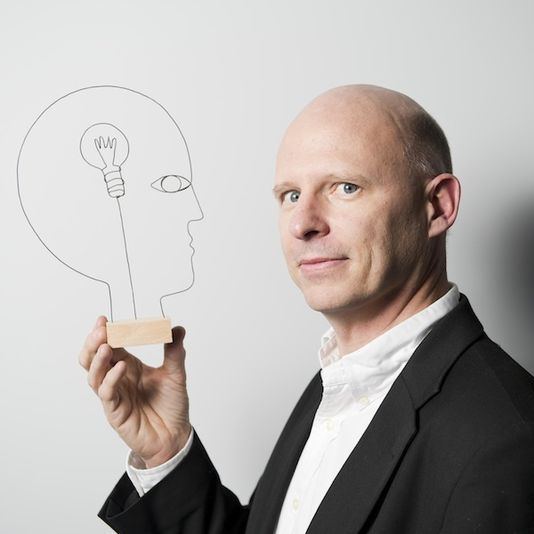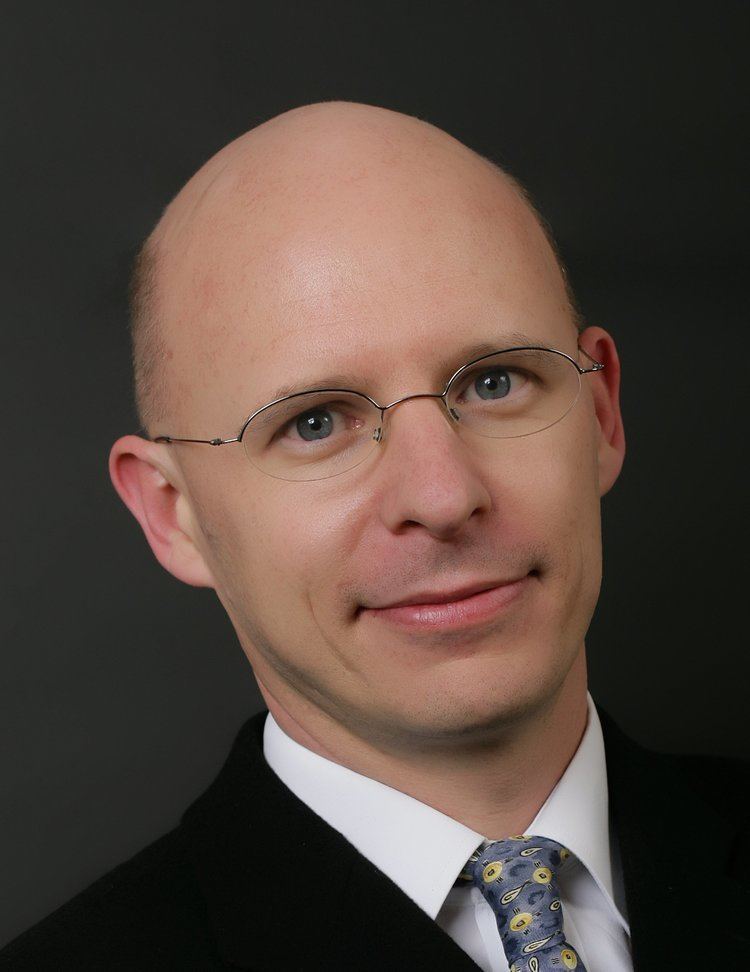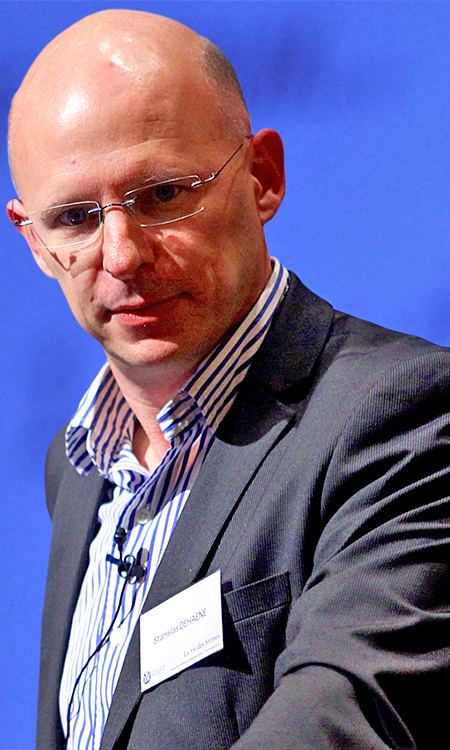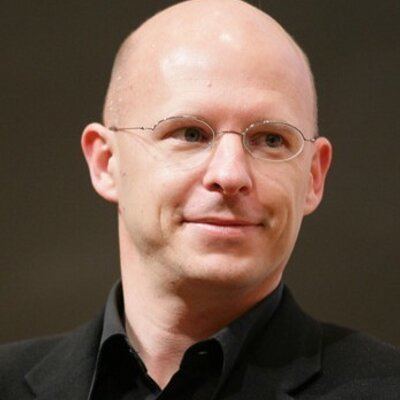Nationality French Fields Cognitive neuroscience Residence Palaiseau, France | Role Author Name Stanislas Dehaene | |
 | ||
Institutions INSERM Unit 562 "Cognitive Neuroimaging" (director); College de France (professor) Alma mater Ecole Normale Superieure, Paris; Ecole des Hautes Etudes en Sciences Sociales (EHESS), Paris; University of Oregon, Eugene Notable awards James S. McDonnell Foundation "Genius Award", Louis D. Prize, Prix Jean Rostand (for La Bosse des Maths) Education School for Advanced Studies in the Social Sciences, Ecole Normale Superieure Books Consciousness and the Brain, The number sense, Reading in the Brain: The New | ||
How the brain learns to read prof stanislas dehaene
Stanislas Dehaene (born 12 May 1965) is a professor at the Collège de France, author, and (since 1989) director of INSERM Unit 562, "Cognitive Neuroimaging. He has worked on a number of topics, including numerical cognition, the neural basis of reading and the neural correlates of consciousness. Dehaene was one of ten people to be awarded the James S. McDonnell Foundation Centennial Fellowship in 1999 for his work on the "Cognitive Neuroscience of Numeracy". In 2003, together with Denis Le Bihan, Dehaene was awarded the Louis D. Prize from the Institut de France. In 2014, together with Giacomo Rizzolatti and Trevor Robbins, he was awarded the brain prize.
Contents
- How the brain learns to read prof stanislas dehaene
- What is consciousness with stanislas dehaene
- Training
- Numerical cognition
- Consciousness
- Neural basis of reading
- Editorial assignments
- References

What is consciousness with stanislas dehaene
Training

Dehaene began his training as a mathematician, studying mathematics at the École Normale Supérieure in Paris from 1984 to 1989. He obtained his master's degree in Applied mathematics and computer science in 1985 from the University of Paris VI. He turned to neuroscience and psychology after reading Jean-Pierre Changeux's book, L'Homme neuronal (Neuronal Man: The Biology of The Mind). Inspired by his reading of Changeux's work, Dehaene began to collaborate with him on computational neuronal models of human cognition, including working memory and task control, collaborations which continue to the present day. Dehaene then completed his PhD in Experimental Psychology in 1989 with Jacques Mehler at the École des Hautes Études en Sciences Sociales (EHESS), Paris. After receiving his doctorate, Dehaene became a research scientist at INSERM in the Cognitive Sciences and Psycholinguistics Laboratory (Laboratoire de Sciences Cognitives et Psycholinguistique) directed by Mehler. He also spent two years, from 1992 to 1994, as a post-doctoral fellow at the Institute of Cognitive and Decision Sciences, with Michael Posner at the University of Oregon. Dehaene then returned to France, where he began his own research group, which today numbers nearly 30 graduate students, post-doctoral fellows and researchers. In 2005, he was elected to the newly created Chair of Experimental Psychology at the Collège de France.
Numerical cognition

Dehaene is best known for his work on numerical cognition, a discipline which he popularized and synthesized with the publication of his 1997 book, The Number Sense (La Bosse des maths) which won the Prix Jean-Rostand for best French language general-audience scientific book. He began his studies of numerical cognition with Jacques Mehler, examining the cross-linguistic frequency of number words, whether numbers were understood in an analog or compositional manner, and the connection between numbers and space (the "SNARC effect"). With Changeux, he then developed a computational model of numerical abilities, which predicted log-gaussian tuning functions for number neurons, a finding which has now been elegantly confirmed with single-unit physiology With long-time collaborator Laurent Cohen, a neurologist at the Pitié-Salpêtrière Hospital in Paris, Dehaene also identified patients with lesions in different regions of the parietal lobe with impaired multiplication, but preserved subtraction (associated with lesions of the inferior parietal lobule) and others with impaired subtraction, but preserved multiplication (associated with lesions to the intraparietal sulcus). This double dissociation suggested that different neural subtrates for overlearned, linguistically mediated calculations, like multiplication, are mediated by inferior parietal regions, while on-line computations, like subtraction are mediated by the intraparietal sulcus. Shortly thereafter, Dehaene began EEG and functional neuroimaging studies of these capacities, showing that parietal and frontal regions were specifically involved in mathematical cognition, including the dissociation between subtraction and multiplication observed in his previous patient studies. Together with Pierre Pica, and Elizabeth Spelke, Stanislas Dehaene has studied the numeracy and numeral expressions of the mundurucu (an indigenous tribe living in Para, Brazil).
Consciousness

Dehaene subsequently turned his attention to work on the neural correlates of consciousness, leading to numerous scientific articles, an edited book, "The Cognitive Neuroscience of Consciousness" and is the Past President of the Association for the Scientific Study of Consciousness. Dehaene has developed computational models of consciousness, based on Bernard Baars's Global Workspace Theory, which suggest that only one piece of information can gain access to a "global neuronal workspace". To explore the neural basis of this global neuronal workspace, he has conducted functional neuroimaging experiments of masking and the attentional blink, which show that information that reaches conscious awareness leads to increased activation in a network of parietal and frontal regions.
Neural basis of reading

In addition, Dehaene has used brain imaging to study language processing in monolingual and bilingual subjects, and in collaboration with Laurent Cohen, the neural basis of reading. Dehaene and Cohen initially focused on the role of ventral stream regions in visual word recognition, and in particular the role of the left inferior temporal cortex for reading written words. They identified a region they called the "visual word form area" (VWFA) that was consistently activated during reading, and also found that when this region was surgically removed to treat patients with intractable epilepsy, reading abilities were severely impaired. Dehaene, Cohen and colleagues have subsequently demonstrated that, rather than being a single area, the VWFA is the highest stage in a hierarchy of visual feature extraction for letter and word recognition. More recently, they have turned their attention to how learning to read may depend on a process of "neuronal recycling" that causes brain circuits originally evolved for object recognition to become tuned to recognize frequent letters, pairs of letters and words, and have tested these ideas examining brain responses in a group of adults who did not learn to read due to social and cultural constraints.
Editorial assignments
Dehaene is an associate editor of the journal Cognition, and a member of the editorial board of several other journals, including NeuroImage, PLoS Biology, Developmental Science, and "Neuroscience of Consciousness".
